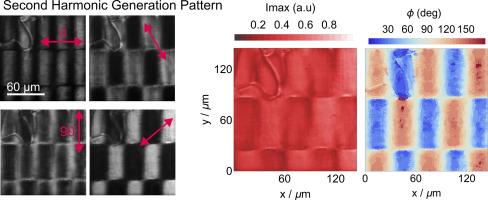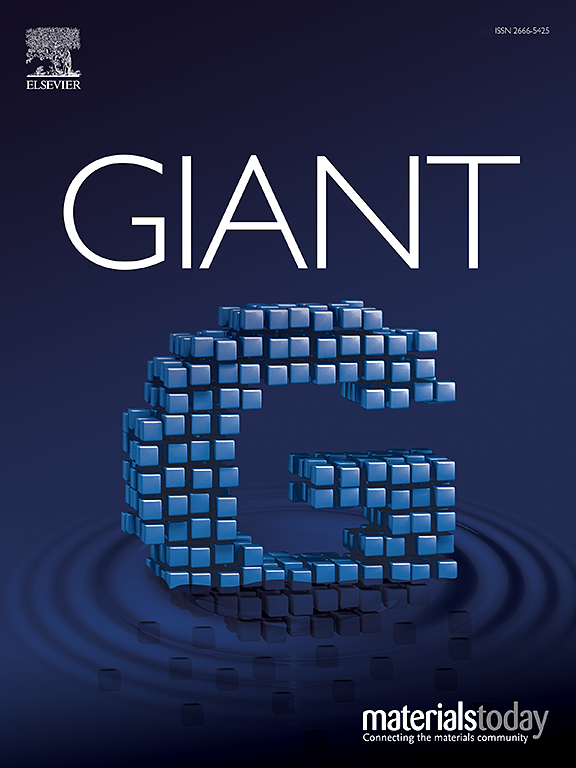Patterning of 2D second harmonic generation active arrays in ferroelectric nematic fluids
Abstract
Ferroelectric nematic liquid crystals exhibit unique non-linear optical properties, with the potential to become transformative materials for photonic applications. A promising direction relies on the fabrication of tailored polar orientational patterns via photoalignment, thus shaping the non-linear optical susceptibility through thin slabs of the ferroelectric fluid. Here, we explore the fabrication of 2D periodic SHG active arrays in ferroelectric nematic fluids, for different materials, cell thicknesses and motifs. Based on polarizing optical microscopy observations in combination with optical simulations, second harmonic generation microscopy and interferometry, the 3D structure of the motifs is revealed. Two different 2D periodic patterns are explored, showing that the balance between flexoelectric and electrostatic energy can lead to different domain structures, an effect which is rooted in the difference between the flexoelectric properties of the materials. It is shown that by combining the surface-inscribed alignment with different spontaneous degrees of twist, 2D SHG active arrays can be obtained in the micrometre scale, in which adjacent areas exhibit maximum SHG signals at opposite angles.


 求助内容:
求助内容: 应助结果提醒方式:
应助结果提醒方式:


